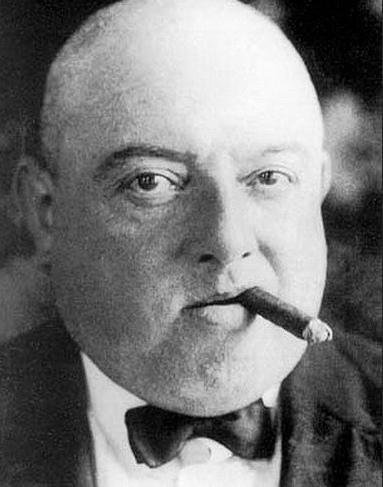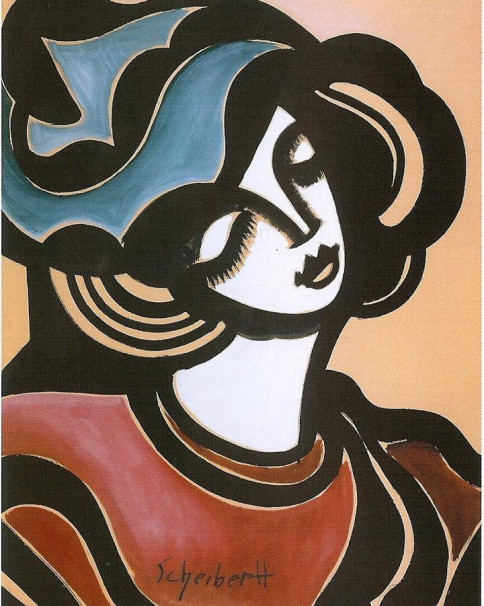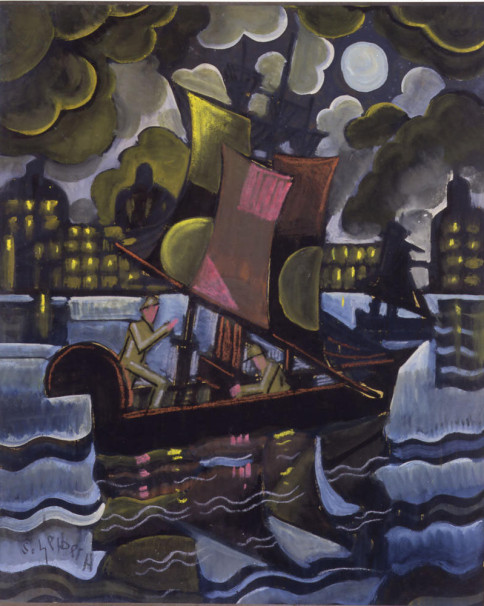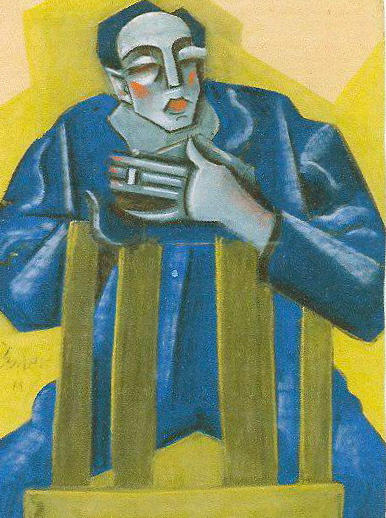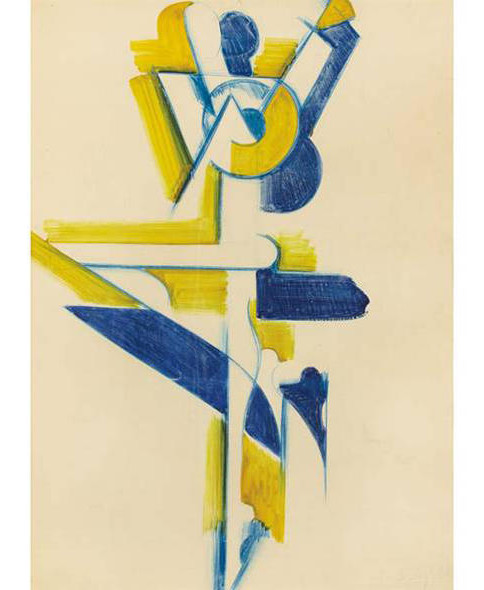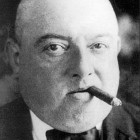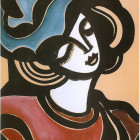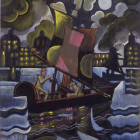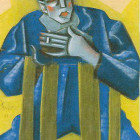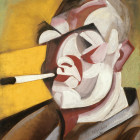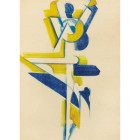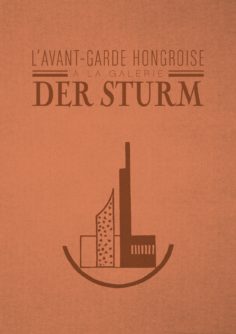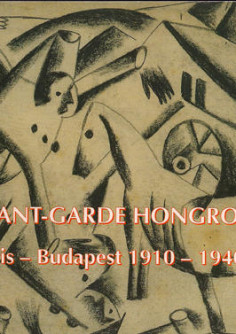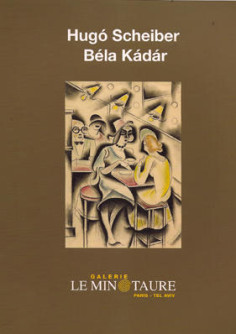1873 – 1950 :
Hugó Scheiber was born in 1873 in Budapest. When he was eight, the family moved to Vienna where he worked with his father as a set painter in the theatre. At the age of fifteen he returned to his native city, where he attended the School of Industrial Design and the School of Decorative Arts. In the early 1900s he was painting in the Post-Impressionist style. It was only in about 1910 that he became interested in German Expressionism and Futurism. In the memoirs of composer Paul Arma, Scheiber is described as “pretty much self-taught, almost illiterate […] a kind of primitive genius, a force of nature […], a virtuoso who is all instinct.” In 1915 he met Filippo Tommaso Marinetti, who invited him to join the Futurist movement. In 1921, with the support of Lajos Kassák, he exhibited with his friend Béla Kádár with Max Hevesi in Vienna. This event brought him the recognition and the money he needed to keep working. At the time he was fascinated by images of metropolitan life and painted the cafés, theatres, cabarets and circuses frequented by society at the time. A letter of recommendation from Kassák brought him to Herwarth Walden, who took a keen interest in his expressive portraits and these were regularly reproduced, alongside other works, in the journal Der Sturm after 1924, and shown in several exhibitions, both solo (1924, 1925, 1927) and group, from then until 1928.
Thanks to his success in Berlin, he began to have exhibitions in London (Rehearsal Theatre, Poplar Town Hall) and in New York (Brooklyn Museum, Anderson Gallery, Little Review), where he was invited by Katherine Dreier’s Société Anonyme. In the 1930s, his exhibitions travelled as far as La Paz. In 1933 Schreiber took part in the big Futurist exhibition in Rome at the invitation of Marinetti. In the last years of his life his Futuro-Expressionist works were shown at the National Salon and at the Ernst Museum in Budapest. After the war, like his friend Kádár, he lived in poverty and obscurity. He died in 1950.
Maria Tyl
